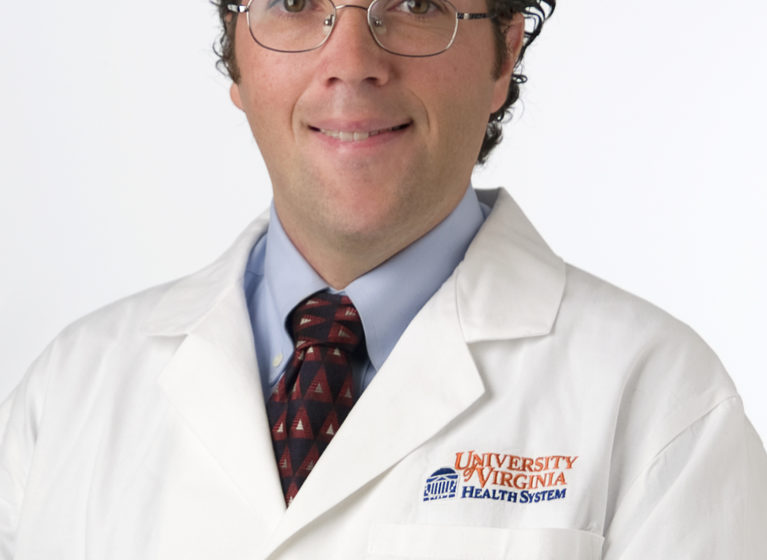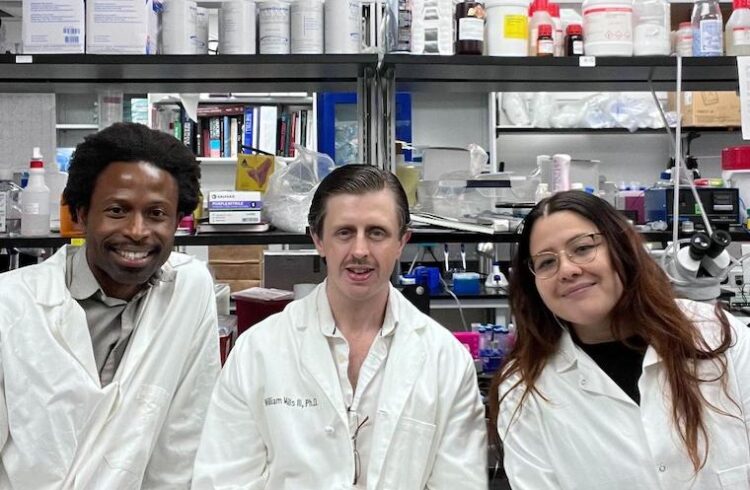
An increasing number of United States soldiers are suffering traumatic brain injury (TBI) caused by bomb blasts. As the first step toward better treatments and protective gear for soldiers, researchers at the University of Virginia Health System are developing potential improvements in diagnosing TBI, including a hand-held ultrasound machine that could assess brain injuries right on the battlefield.
“We’re looking at ways to better diagnose TBI with imaging,” says James Stone, MD, PhD , an assistant professor of radiology and medical imaging at the UVA School of Medicine helping spearhead the research.
With the help of better diagnostic equipment, researchers may be able to better determine how a blast causes TBI, which may eventually lead to equipment that better protects soldiers against TBI. “Helmets are designed to protect against rounds, but not against blasts,” Stone says.
TBI occurs when a traumatic event causes some loss of the brain’s ability to function, Stone says. Relatively mild cases of TBI may cause short-term memory loss or mood swings, while severe cases may leave victims unable to think through relatively simply problems or even leave them in a coma.
Working in partnership with federal laboratories and supported by $6 million in U.S. Department of Defense research grants, UVA’s researchers are investigating two potential methods for more detailed or faster TBI diagnoses, Stone says. The first technique would enable a combat medic or emergency medical technician on a battlefield to use a hand-held ultrasound machine to measure the stiffness of brain tissue to diagnose TBI. Research is now underway to determine how closely linked tissue stiffness is to TBI and whether ultrasound can be used to detect tissue stiffness.
The second technique being developed would provide a more detailed look at the brain that more precisely identifies whether TBI is present and the nature of the brain injury, Stone says. UVA researchers are in the early stages of developing probes to determine at a cellular level whether someone has a TBI. The standard methods of detecting TBI, MRI and CT scans, provide a more general view of the brain without as much specific detail about precisely how the brain has been injured.
If UVA’s research team successfully develops these new diagnostic techniques, they could help physicians better diagnose mild TBI, which often is marked by subtle changes, says Greg Helm, MD, PhD, a professor of clinical neurological surgery and biomedical engineering at the UVA School of Medicine, who is working with Stone. By more precisely identifying how the brain is injured – whether through a lack of blood supply or some other type of direct injury to the brain tissue – that information can help doctors develop drugs and other treatments to treat different types of TBI.
Available for interviews:
James Stone, MD, PhD


